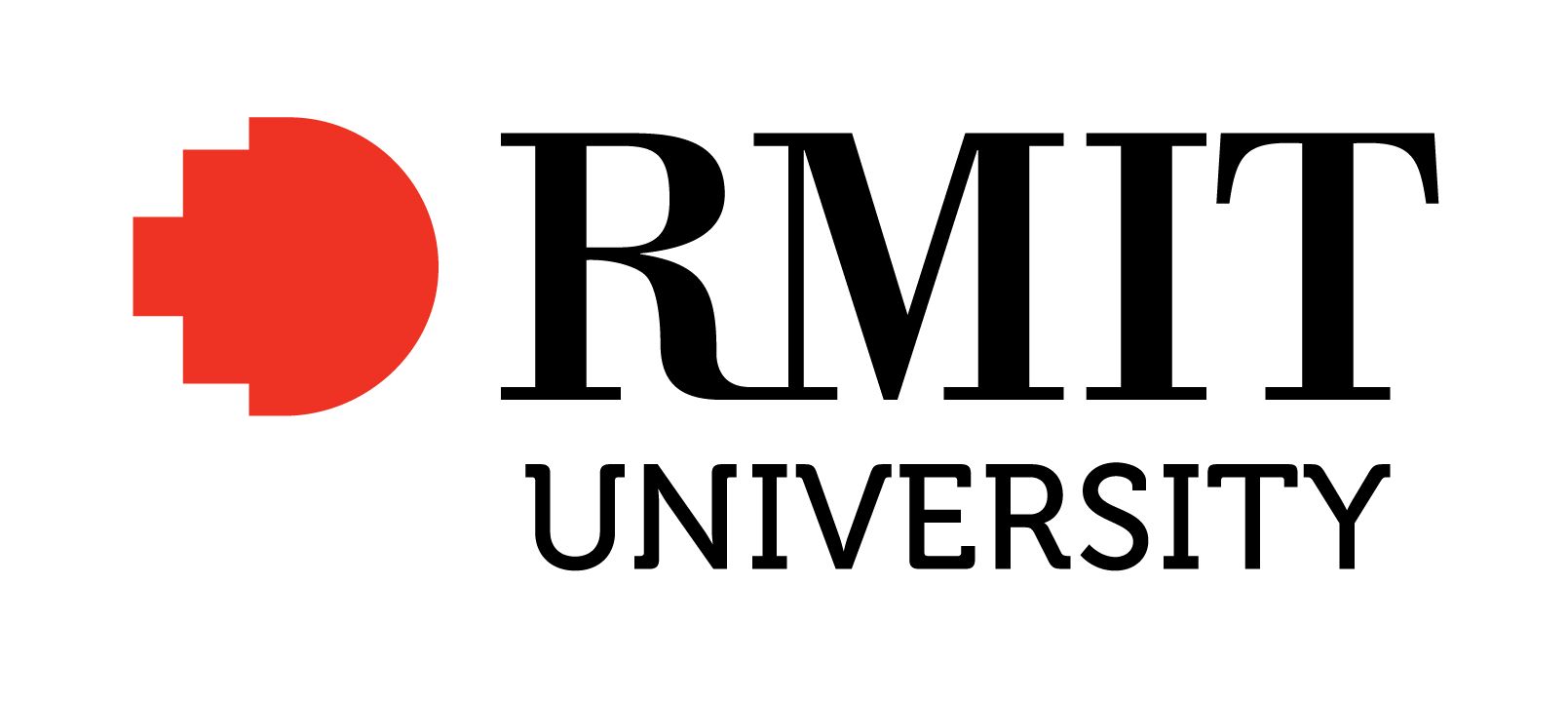Full description
Background: This practice-led research investigates how synthetic systems mediate perception and embodiment. It engages debates around algorithmic visual culture and its entanglements with social systems, drawing on Hito Steyerl (Duty Free Art), Trevor Paglen (Clouds), and Holly Herndon (PROTO). It contributes to critical moving-image practice by questioning how AI reshapes aesthetic and social relations.
Contribution: Developed within Newcastle’s layered technological and military landscape, Composition for Mnemosyne engaged local youth and sites to explore how emerging technologies reshape both media and the body as sites of mediation. Created during The Lock-Up’s Artist in Residence program, the work comprises a two-channel video installation with five accompanying wall works. The first channel documents The Hunter Singers youth choir interpreting an AI-assisted score through voice and gesture, transforming algorithmic patterns into an embodied choral experience. The second channel follows teenagers moving through Newcastle’s technological and military environments — including disused defence sites and the F-35 fighter jet base — with their movements interwoven with AI-generated imagery, creating a speculative layer on how military, technological, and synthetic systems shape contemporary experience.
Significance: Exhibited as part of DATA MINDS from November 2024 to February 2025 and supported by Creative Victoria’s Creators Fund, the work contributed to current debates on AI and digital culture within screen and digital media arts. Shown alongside leading practitioners including Jon Rafman, Brie Trenerry, and Roy Ananda, its collaborative approach broadened audience engagement and encouraged dialogue on technology, community, and culture. The work was reviewed in Memo Review and selected for further presentations at Hayden's Gallery (VIC) and in Dublin (aemi and Pallas Projects).
Issued: 2024-11-29
Created: 2025-08-04
- DOI : 10.25439/RMT.29554244



